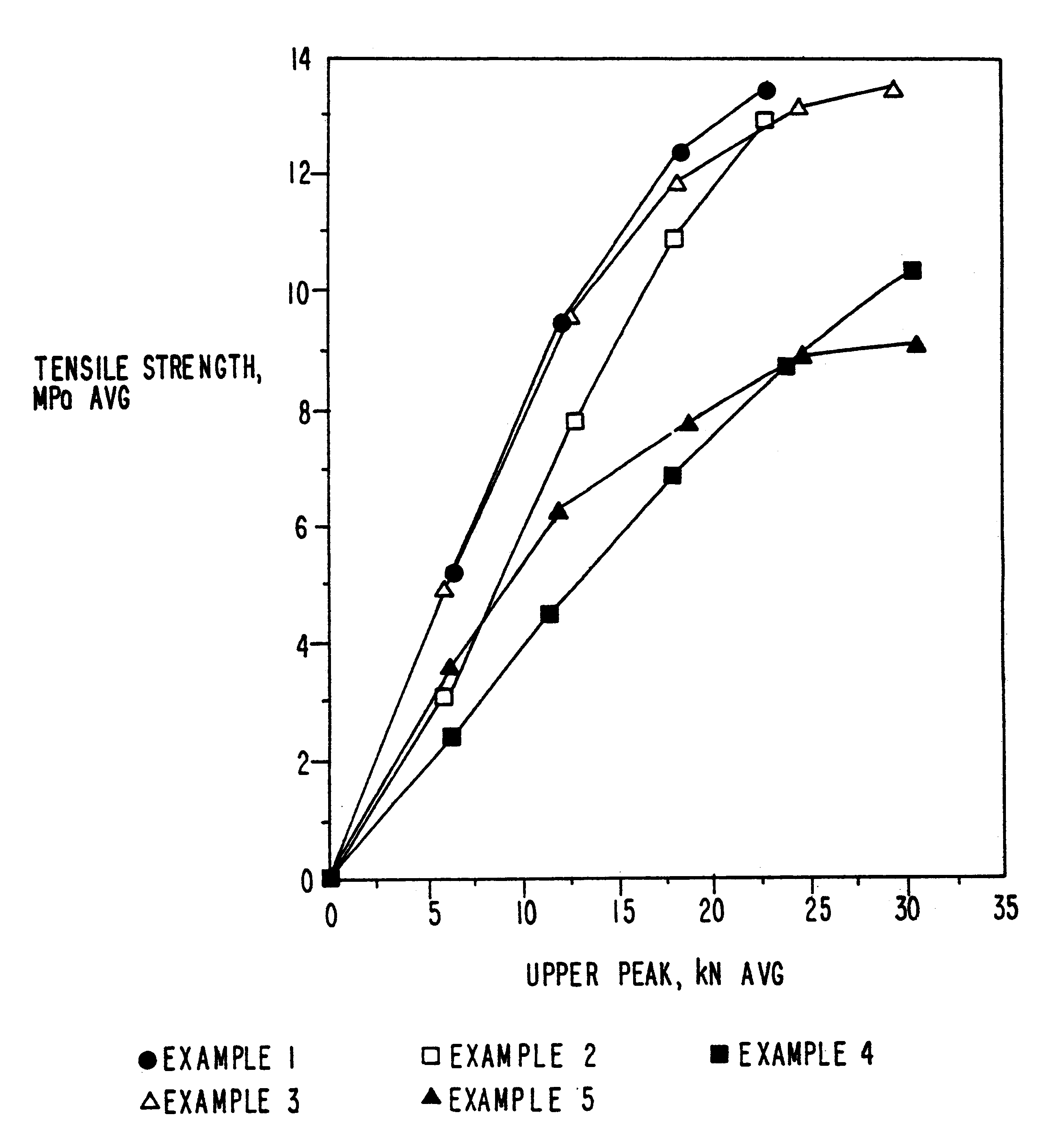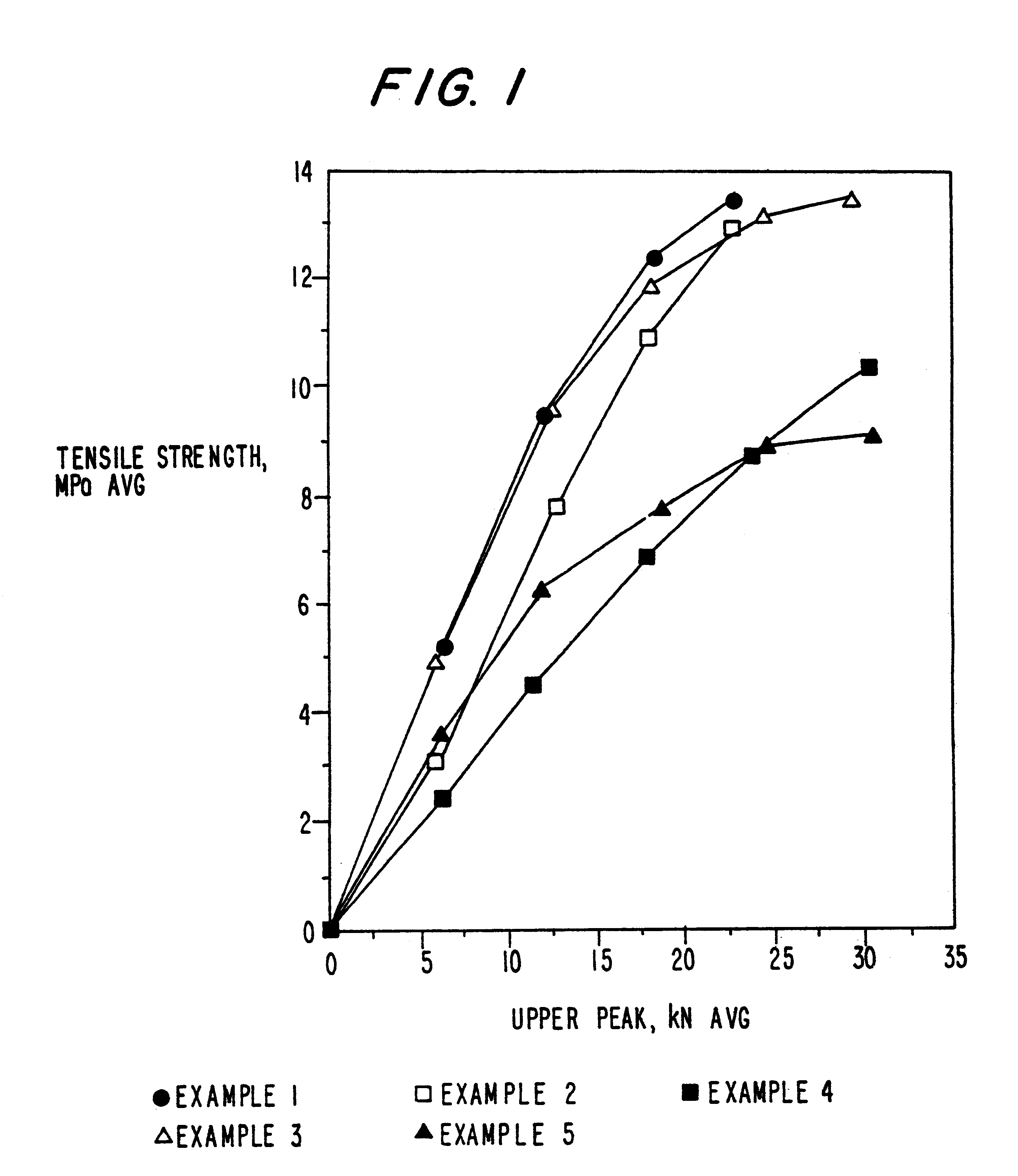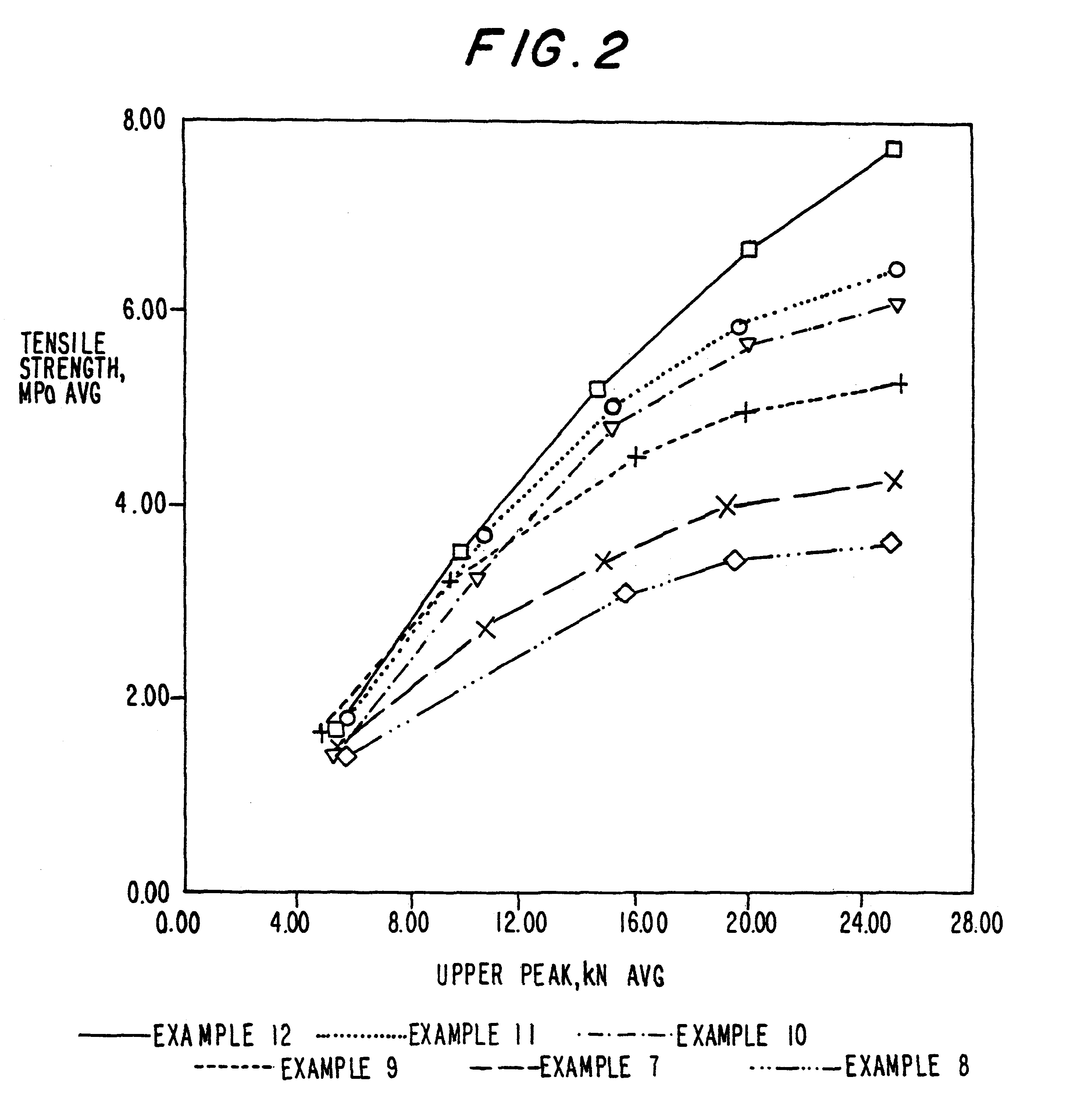Pharmaceutical excipient having improved compressibility
a technology of pharmaceutical excipients and compressible materials, which is applied in the direction of natural mineral layered products, inorganic non-active ingredients, silicates, etc., can solve the problems of segregation, limited use of direct compression as a tablet manufacturing method, and the size of direct compression tablets, etc., to achieve excellent compressibility properties, improve compressibility, and improve compressibility
- Summary
- Abstract
- Description
- Claims
- Application Information
AI Technical Summary
Benefits of technology
Problems solved by technology
Method used
Image
Examples
example 1
MCC-SiO.sub.2 Product--5% w / w SiO.sub.2
A. EXCIPIENT PARTICLES
In this example, about 6.2 kilograms of microcrystalline cellulose (MCC), (Mendell Co., Inc. Patterson, N.Y.) in the form of a wet cake was combined with 5.2 kilograms of water in a mix tank to form a slurry containing about 15% solids. The pH was adjusted to about neutral with about 3 ml of ammonium hydroxide. The slurry was allowed to mix for about 15 minutes before being combined with 5% w / w silicon dioxide (SiO.sub.2), 200 m.sup.2 / g (CaboSil, PTG grade, available from Cabot Corp., Tuscola, Ill.) After allowing the materials to become intimately combined, the slurry was spray dried using a Niro Production Minor (Niro, Columbia, Md.), inlet temperature-215.degree. C., outlet temperature-125.degree. C., atomizer wheel speed 22,300 rpm, to provide MCC-SiO.sub.2 having an average particle size of 40-60 microns.
B. GRANULATION OF EXCIPIENT PARTICLES
The MCC-SiO2 particles obtained as a result of step 1 A. were wet granulated ...
example 2
MCC-SiO.sub.2 Product--20% w / w SiO.sub.2
The processes of Example 1A and B were repeated except that 20% w / w silicon dioxide was used to form the product.
example 3
MCC-SiO.sub.2 Product--2% w / w SiO.sub.2
In this example, the processes of Example 1A and B were repeated except that 2% w / w silicon dioxide was used to form the product.
PUM
| Property | Measurement | Unit |
|---|---|---|
| density | aaaaa | aaaaa |
| particle size | aaaaa | aaaaa |
| average primary particle size | aaaaa | aaaaa |
Abstract
Description
Claims
Application Information
 Login to View More
Login to View More - R&D
- Intellectual Property
- Life Sciences
- Materials
- Tech Scout
- Unparalleled Data Quality
- Higher Quality Content
- 60% Fewer Hallucinations
Browse by: Latest US Patents, China's latest patents, Technical Efficacy Thesaurus, Application Domain, Technology Topic, Popular Technical Reports.
© 2025 PatSnap. All rights reserved.Legal|Privacy policy|Modern Slavery Act Transparency Statement|Sitemap|About US| Contact US: help@patsnap.com



